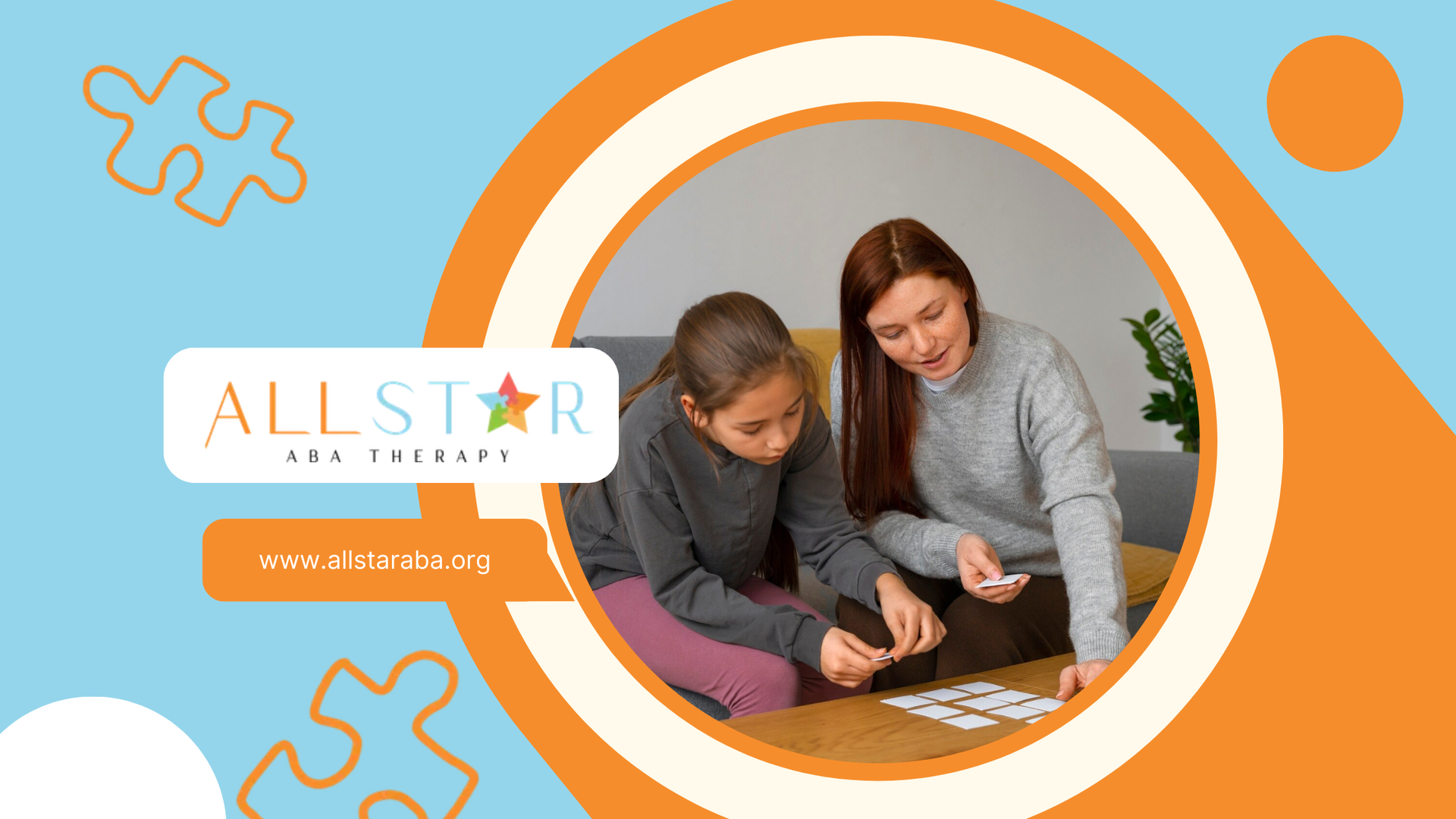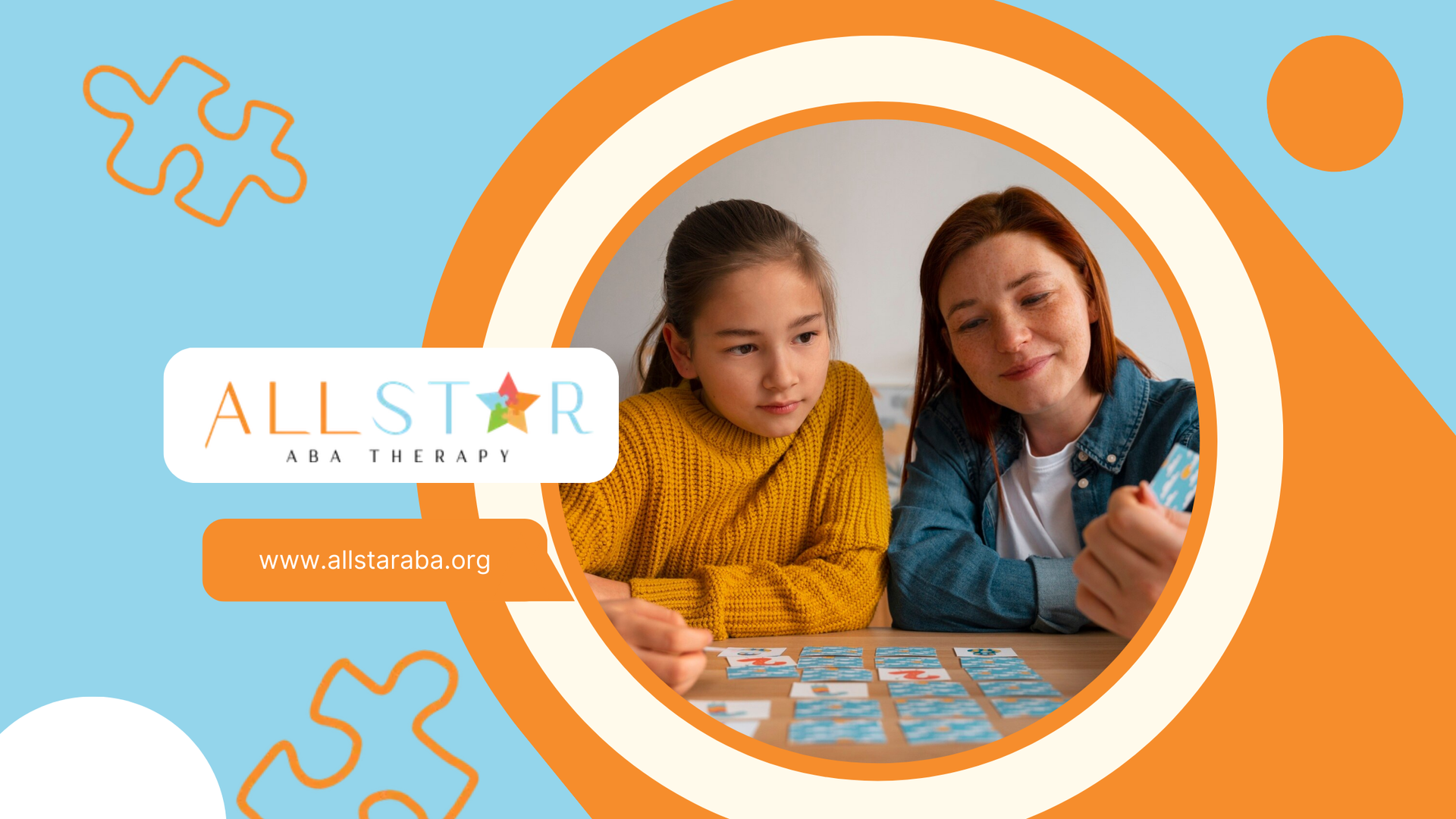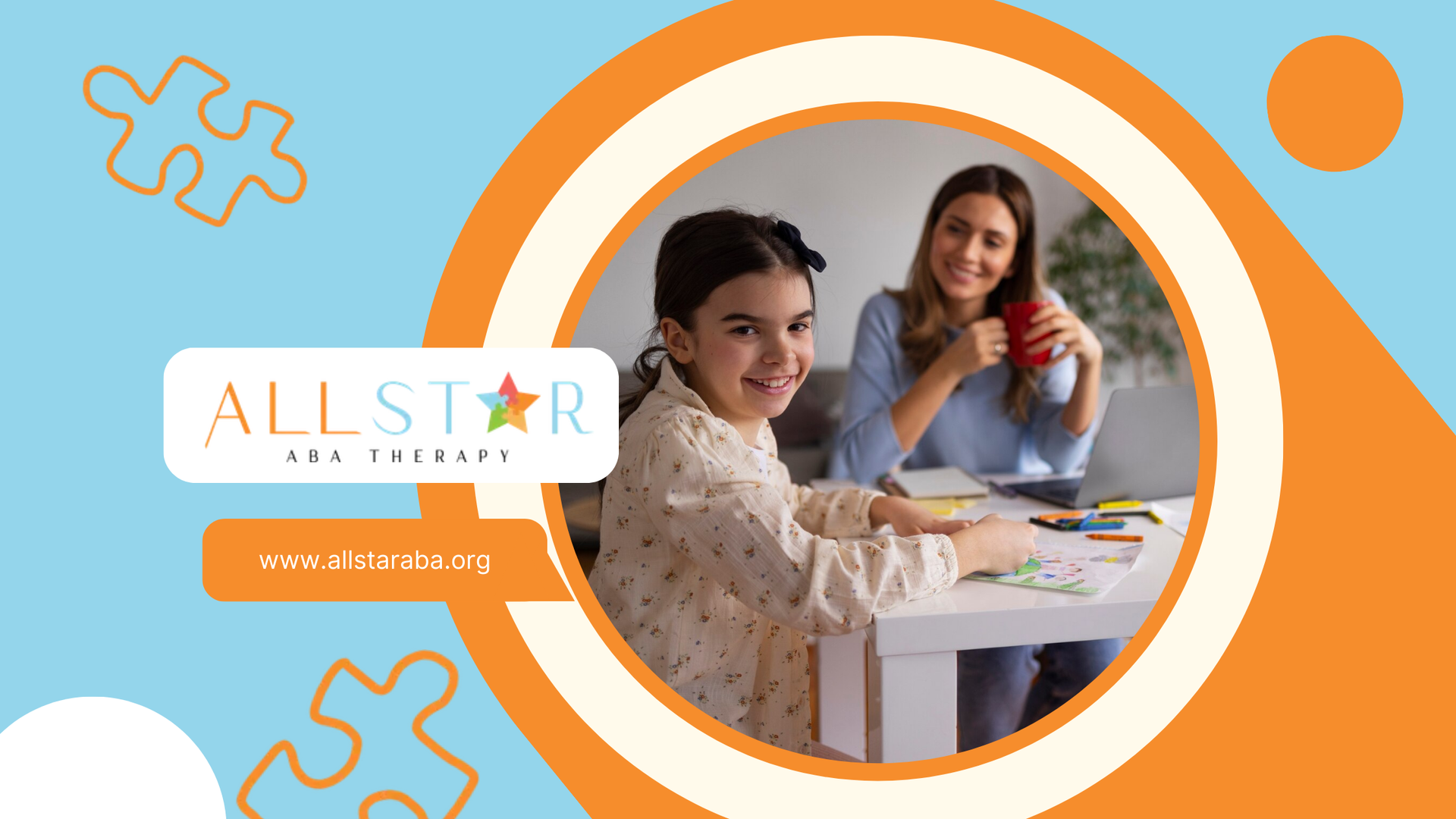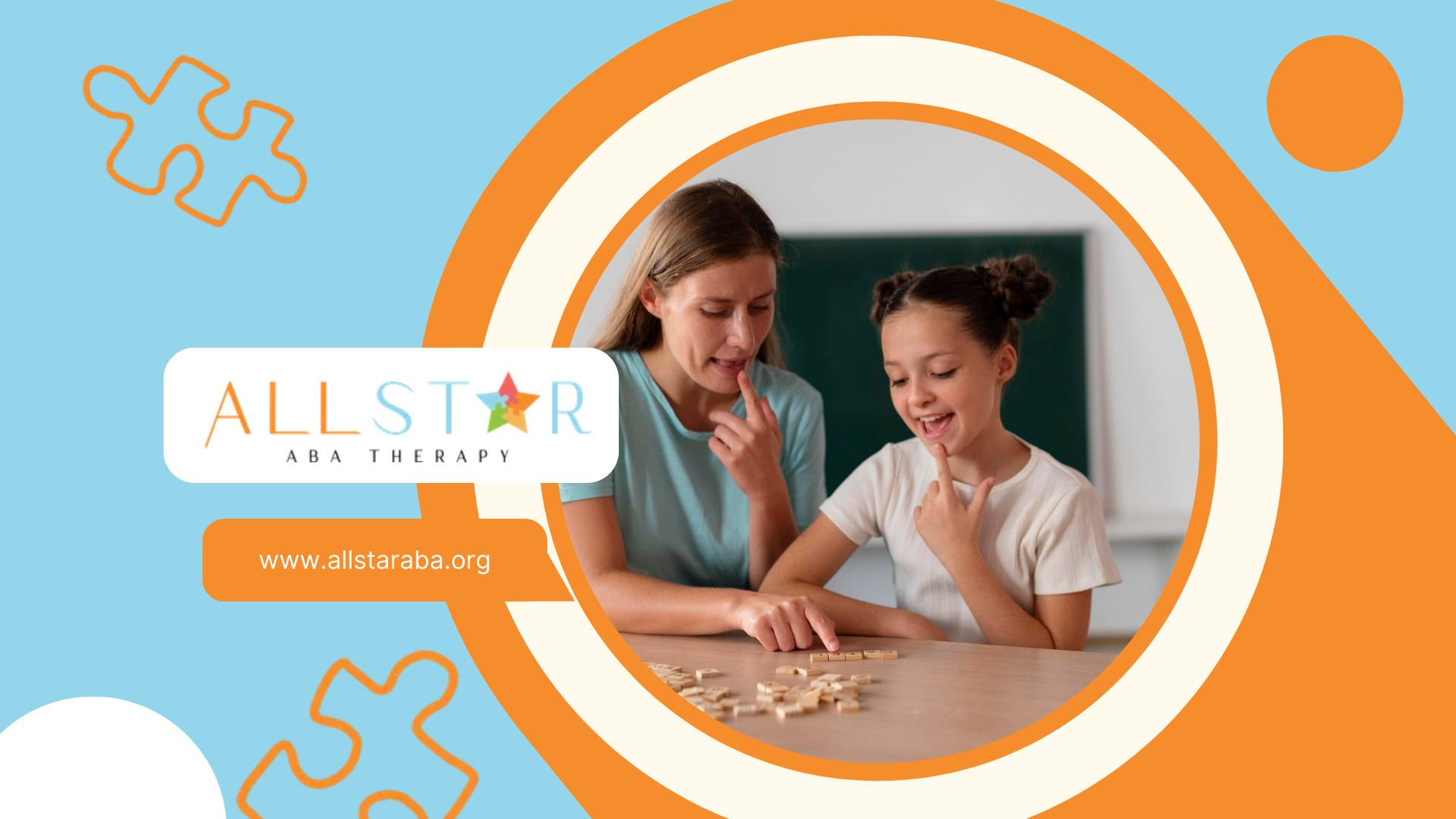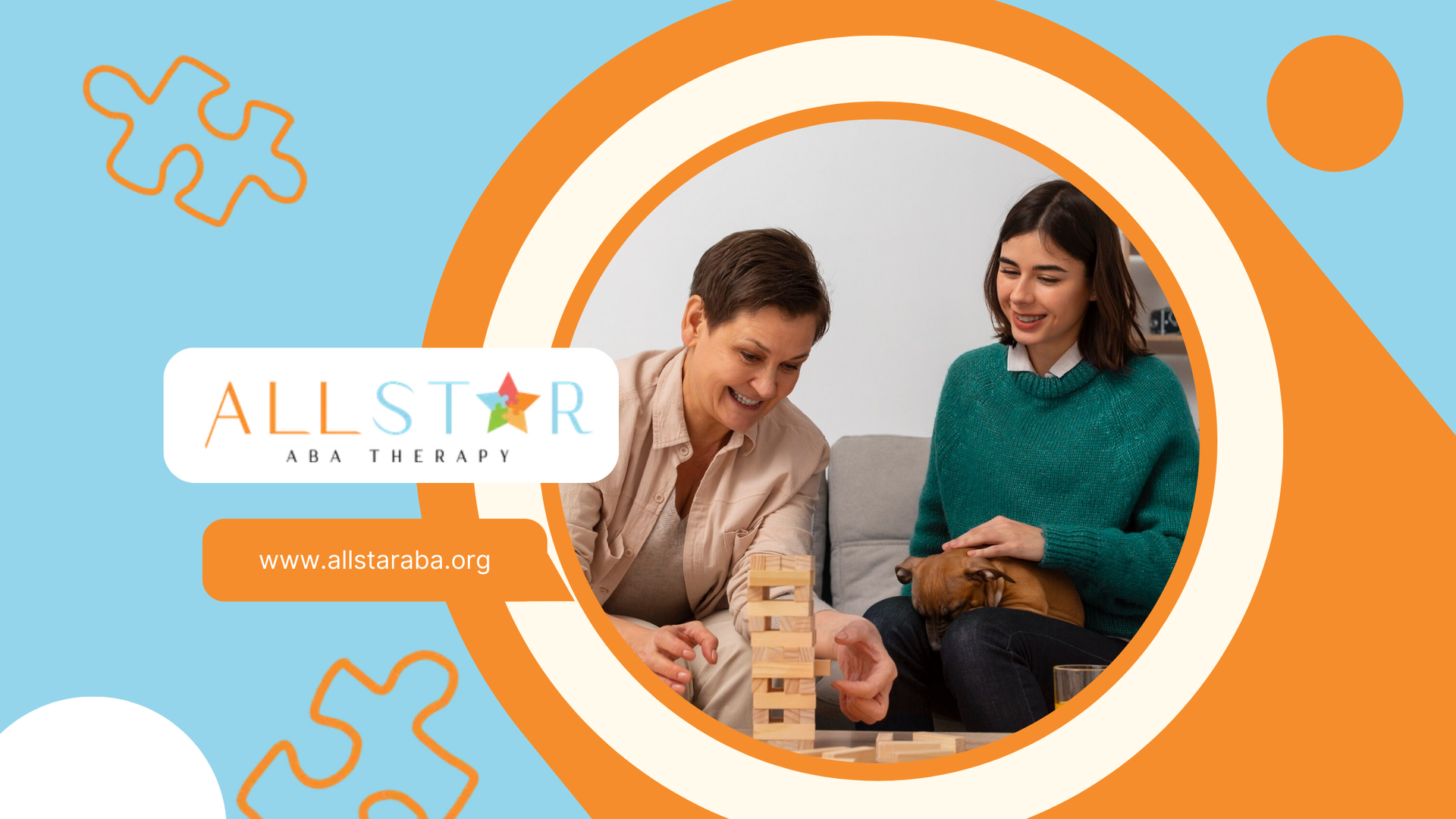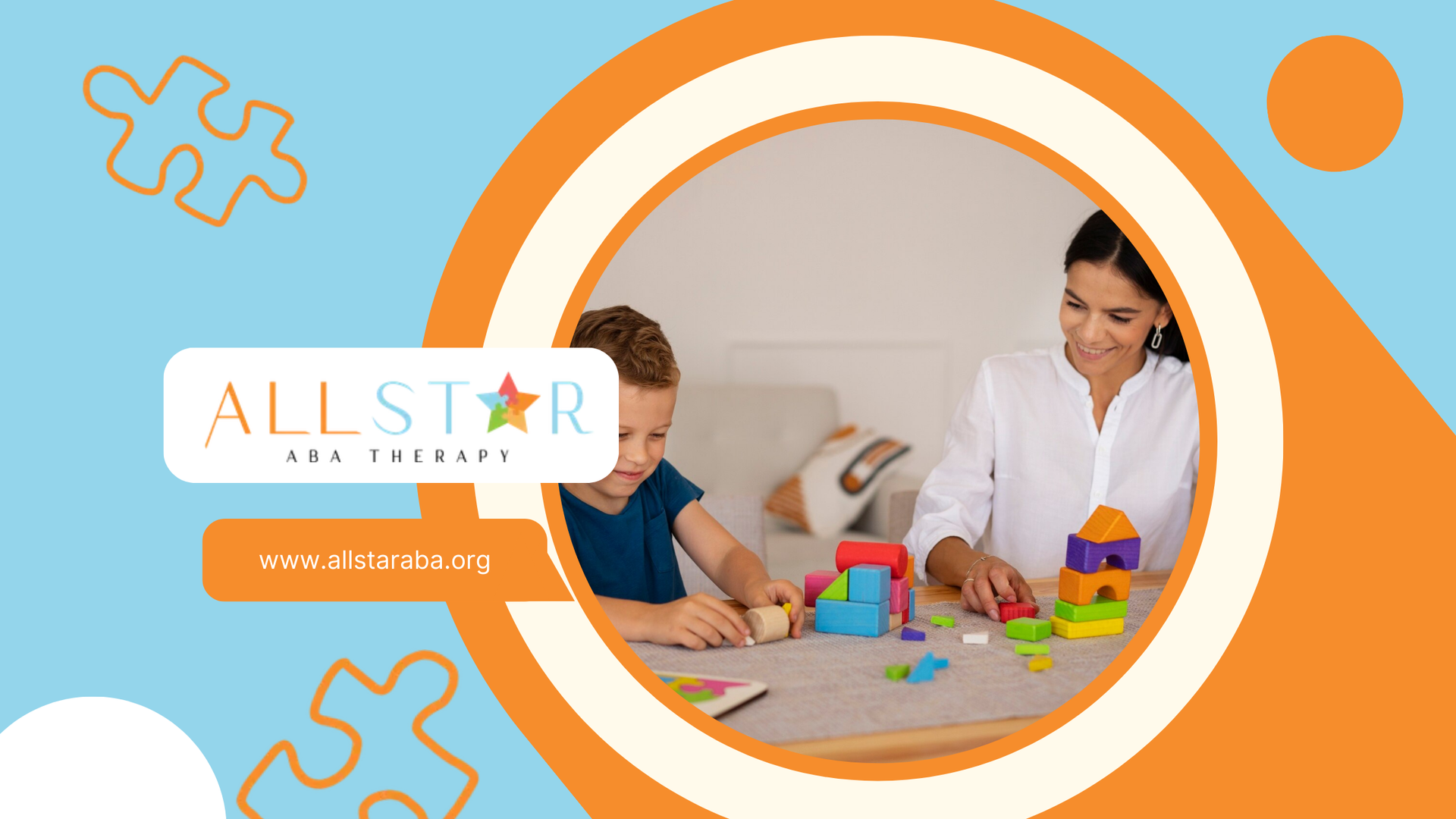New Paragraph
How to Build Healthy Habits for Children with Autism
Building Healthy Habits for Autism
Developing healthy habits is essential for every child, but for children with autism spectrum disorder (ASD), establishing consistent routines can have an even greater impact on their well-being. From proper nutrition and sleep to sensory-friendly exercise and emotional regulation, these habits play a crucial role in helping autistic children thrive.
Parents often wonder what strategies work best for promoting a balanced, healthy lifestyle for their child. This guide explores the most effective healthy habits for autism, offering actionable tips to create a structured and supportive environment.
At All Star ABA, we have seen firsthand how building healthy habits transforms lives. One of the families we worked with struggled with their son’s sleep schedule. At five years old, Noah (name changed for privacy) had difficulty falling asleep and staying asleep, which led to frequent meltdowns and difficulty focusing during therapy sessions.
Our team introduced a structured bedtime routine, incorporating calming sensory techniques and consistent cues. Over time, Noah’s sleep improved, and his parents noticed significant progress in his behavior and emotional regulation.
Noah’s story is just one example of how healthy habits can make a meaningful difference. By focusing on key areas such as sleep, diet, physical activity, and emotional well-being, parents can set their children up for success.
Key Healthy Habits for Children with Autism
1. Establishing a Consistent Sleep Routine
Children with autism often experience sleep disturbances, making a structured bedtime routine essential. Lack of sleep can affect a child's mood, ability to focus, and overall behavior. To help a child develop a healthy sleep routine, parents can:
- Maintain a consistent sleep schedule, even on weekends, to reinforce a predictable pattern.
- Create a calming bedtime routine that includes activities like deep-pressure massages, soft music, or reading a favorite book.
- Reduce screen time at least an hour before bed to minimize blue light exposure, which can interfere with melatonin production.
- Ensure the sleeping environment is comfortable, with minimal noise, soft lighting, and sensory-friendly bedding to accommodate sensitivities.
- Track sleep patterns using a journal or sleep tracker to identify any disruptions and adjust routines accordingly.
2. Balanced Nutrition for Brain and Body
Proper nutrition plays a vital role in a child’s mood, focus, and overall health. Many children with autism have food sensitivities, sensory aversions, or gastrointestinal issues that make it challenging to maintain a balanced diet. A well-planned approach to nutrition includes:
- Introducing a variety of nutrient-dense foods gradually to accommodate texture and taste preferences.
- Prioritizing whole foods like lean proteins, healthy fats, fruits, vegetables, and whole grains.
- Consulting with a dietitian or nutritionist for personalized meal plans tailored to sensory and digestive needs.
- Encouraging hydration by offering water-rich foods and minimizing sugary drinks that can contribute to hyperactivity.
- Keeping mealtime routines consistent to provide a sense of structure and reduce anxiety around eating.
3. Encouraging Physical Activity
Regular physical activity is important for children with autism as it promotes motor skills, emotional regulation, and overall well-being. Since many children with ASD have unique sensory needs, activities should be tailored to their preferences and abilities. Some effective physical activities include:
- Swimming – This provides full-body movement while offering calming sensory input.
- Yoga and stretching exercises – These improve flexibility and mindfulness, helping children regulate their emotions.
- Trampoline jumping – A great activity for children who seek sensory input and need an outlet for excess energy.
- Nature walks – Spending time outdoors can help reduce anxiety and enhance focus by providing natural sensory stimulation.
- Obstacle courses – Setting up small challenges at home can improve coordination and problem-solving skills in a fun, engaging way.
4. Teaching Emotional Regulation Strategies
Helping children with autism manage emotions is critical for improving social interactions and reducing stress. Emotional regulation strategies help children navigate their feelings and respond to challenges more effectively. Some useful techniques include:
- Using visual schedules and social stories to help children understand expectations and transitions.
- Teaching deep breathing and mindfulness exercises to provide calming techniques in moments of frustration.
- Encouraging the use of sensory tools like fidget toys, weighted blankets, or noise-canceling headphones to reduce anxiety.
- Practicing labeling emotions through storybooks or role-playing exercises to help children recognize and express their feelings.
- Creating a safe space at home where the child can go to decompress when feeling overwhelmed.
5. Developing Social Skills Through Structured Play
Many children with autism struggle with social interactions, but structured play can help build confidence and improve communication. Some ways to encourage social development include:
- Engaging in peer playdates with a small group of familiar friends to build comfort in social settings.
- Using turn-taking games to reinforce patience and cooperative play.
- Encouraging parallel play (playing next to others) before progressing to interactive play.
- Practicing conversation scripts and role-playing to develop verbal and non-verbal communication skills.
- Incorporating joint activities like cooking or building projects that encourage teamwork and shared goals.
6. Promoting Independence Through Daily Living Skills
Teaching self-care skills early on can empower children with autism and prepare them for increased independence. Some essential daily living skills to focus on include:
- Hygiene habits, such as brushing teeth, bathing, and dressing independently.
- Household chores, like setting the table, sorting laundry, or feeding a pet, to build responsibility.
- Time management skills, using timers and visual cues to help with transitions.
- Money management, starting with simple tasks like identifying coins and making small purchases.
- Following a structured routine to create predictability and reduce anxiety around daily tasks.
Developing healthy habits for children with autism is a journey that requires patience, consistency, and a tailored approach. By focusing on sleep, nutrition, physical activity, emotional regulation, social skills, and independence, parents can help their children thrive.
At All Star ABA, we understand the unique challenges that families face and are committed to providing the best support possible. Our ABA therapy services are designed to help children develop essential life skills in a nurturing and structured environment. Contact All Star ABA today to learn how our expert team can support your child’s journey toward a healthier, happier life.
FAQs
What are the best foods for children with autism?
Nutrient-dense foods like lean proteins, fruits, vegetables, and whole grains can support brain health and overall well-being. Avoiding artificial additives and processed foods may help manage behavioral symptoms.
How can I help my autistic child sleep better?
Establishing a consistent bedtime routine, reducing screen time, and creating a sensory-friendly sleep environment can improve sleep quality.
What type of exercise is best for children with autism?
Activities like swimming, yoga, trampoline jumping, and nature walks provide both physical and sensory benefits while being engaging for children with autism.
Sources:
- https://pmc.ncbi.nlm.nih.gov/articles/PMC5861169/
- https://health.choc.org/age-by-age-healthy-habits-for-children-with-autism-spectrum-disorder-asd/
- https://pmc.ncbi.nlm.nih.gov/articles/PMC7815266/
- https://www.redalyc.org/journal/3786/378660687006/html/
- https://www.autismspeaks.org/life-skills-for-autism
Need Support?
We're Here to Help!
Our experienced team is ready to assist you. Reach out today to discuss how we can support your child's development and well-being.
Get started with expert ABA therapy today.



